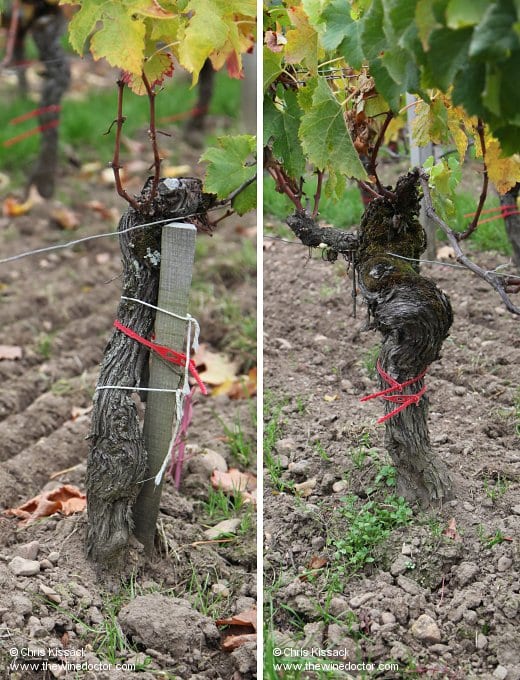Château Clinet: Vineyards
Today the vineyards of Château Clinet account for a 11.3 hectares of the Pomerol appellation, although not all of this is in production at any one time; following the pulling up of some vines in 2016, for example, only 8 hectares were actively producing fruit. The vineyard comprises several plots, all located on the Pomerol plateau. Some plots surround the late-19th-century château and rather more recently-built cellars, which sit on the Chemin de Feytit, the road which runs from Château L’Église-Clinet and Clos L’Église down towards the D1089, at the foot of the Pomerol plateau. Further down this road lies another collection of Clinet vines, while a third collection of parcels lie to the south and east in Les Grandes Vignes, adjacent to the Église Saint-Jean, Pomerol’s imposing and rather over-sized church. Here the soil underfoot is naturally mostly gravel, with a little clay in parts. Ronan feels the vines in Les Grandes Vignes, high on the plateau, are his most prized possession.
All told the vines are today 90% Merlot and 10% Cabernet Sauvignon (a significant reduction from the 50% of the mid-20th century). Up until the 2015 vintage there was still a little Cabernet Franc in the vineyard and in the wine, but these were subsequently pulled up. One plot next to the church has interplanted Merlot and Cabernet Sauvignon. The vines are planted at a density that varies from 6,600 to 7,200 pieds per hectare. Overall the vines have an average age of 40 years, and are interplanted with grass, or alternatively the soil between the rows is raked (as can perhaps just be made out in the photographs above). The vines are tagged, one red tag for an old Merlot vine, two for a very old Merlot vine, facilitating work on a vine-by-vine basis.

